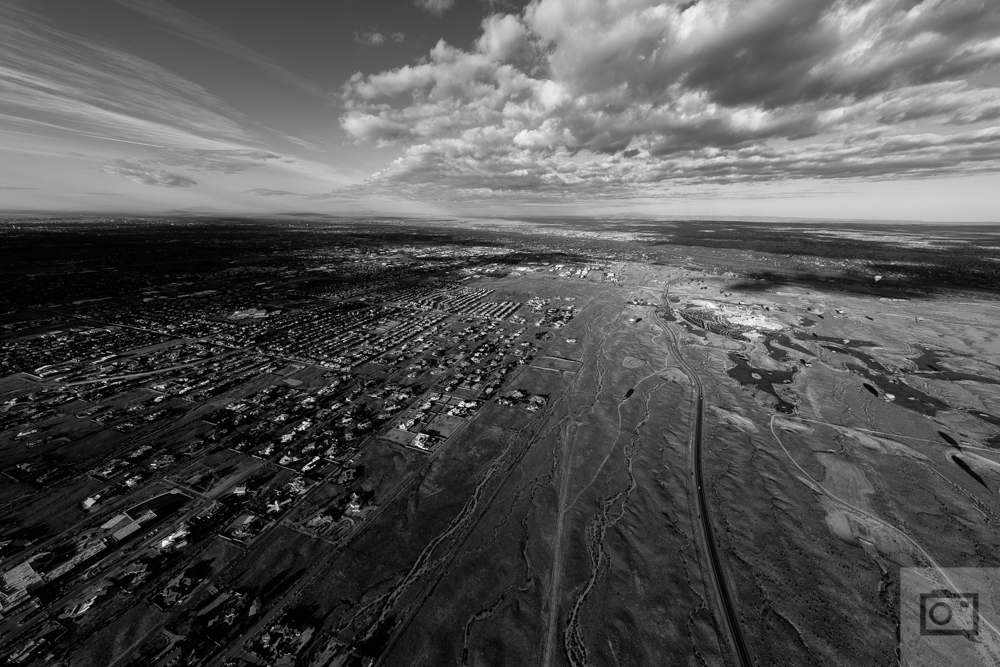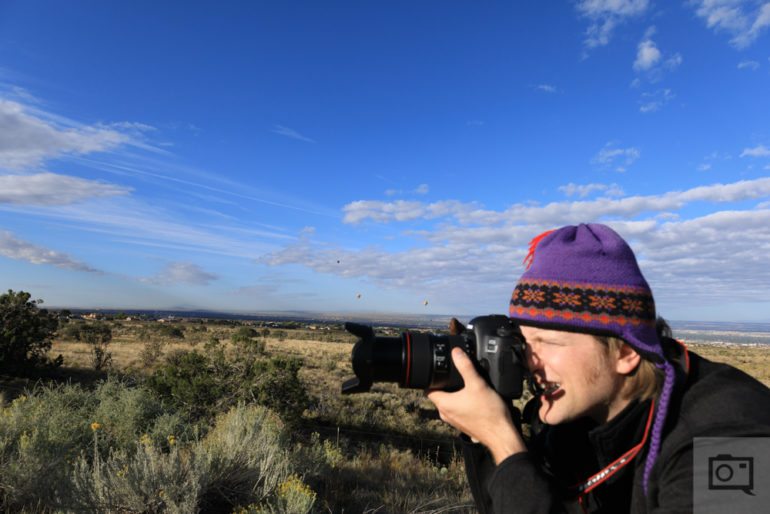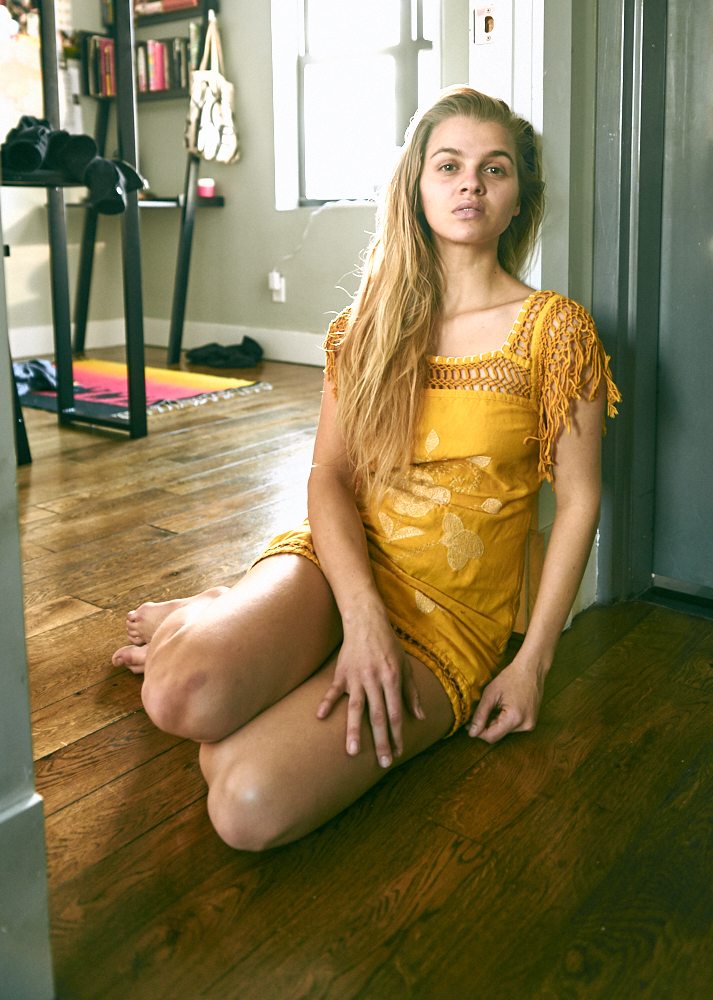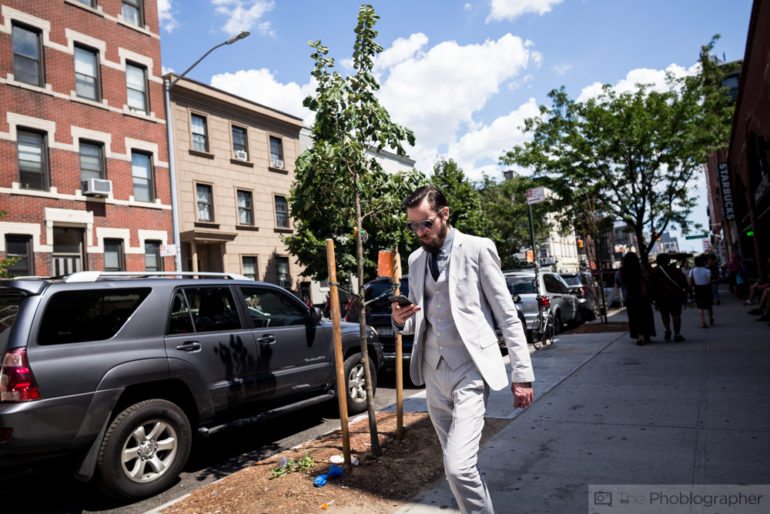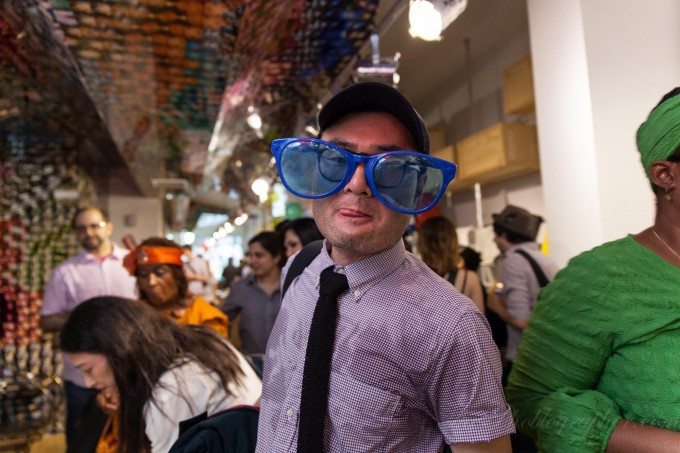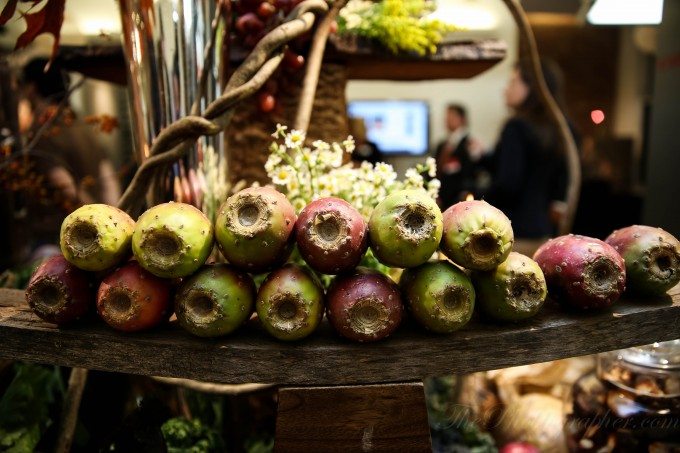The 24mm lens: it’s a classic focal length that for a very long time has been close to the hearts of many photographers. When I say many photographers, I’m really not kidding. There are great reasons why it’s the wide angle of a 24-70mm lens and there are great 24mm lenses on the market that are fairly compact and high quality. So if you’re getting into using a lens like this or considering it, check out these tips.
Characteristics of a 24mm Lens
24mm lenses are pretty wide, so the closer you get to your subject the more that perceived distortion is going to be emphasized. But as it is, 24mm lenses are wider than what the human eye typically sees and can truly pay attention to. The lenses are popular with street photographers, event photographers, landscape photographers, and a number of others. For many years, they were the choice of these photographers because they were able to bring a lot of details into a scene without causing a whole lot of excessive distortion. But these days, things are much different.
Still though, the 24mm focal length is very popular with a lot of photographers.
For Portraits: Go Wide
If you’re shooting a portrait with a 24mm lens, then I’m going to seriously encourage you to go wide. Granted, this is an already wide angle lens but if you try to get up close to your subject, you’re going to surely cause distortion–unless you’re going for that look, step back. 24mm lenses are great for full body shots or even for photographing about 3/4ths of the body. Many photographers go for more telephoto focal lengths, but a 24mm still isn’t all that bad.
For Street Photography: Zone Focus
When shooting street photography, you’re really in your element. Street photographers tend to zone focus a lot–which is perfect for wide angle lenses. With zone focusing you can get your lens to maybe f5.6, focus to around four or five feet away, and use the depth of field scale to figure out how much of the scene is really going to be in focus–providing that your lens has an effective depth of field scale.
Due to its wider focal length than 50mm and 35mm, you can get more in focus at a given focusing distance.
For Landscapes: Use a Graduated ND Filter and Zone Focus
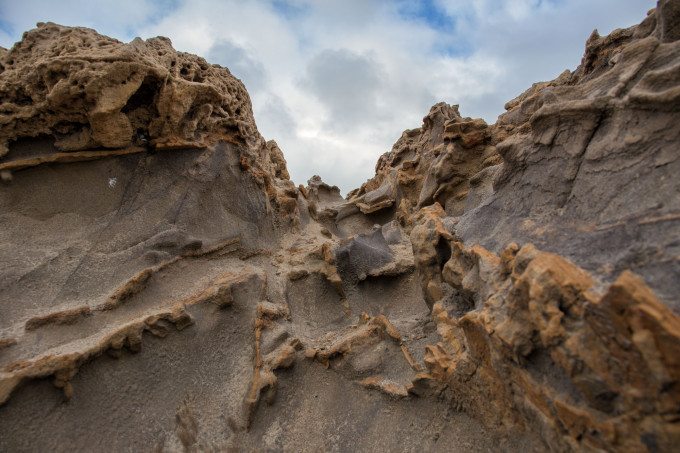
Building on the ease of use with street photography, a 24mm lens is also pretty fantastic for landscape and architectural photography. Zone focusing is again recommended here along with using the lens set to focus at infinity–not beyond it. Plus when you’re photographing a landscape with a 24mm lens, you’re bound to need to find a way to balance the sky to the ground below. Use a graduated ND to equalize things.
For Photojournalism and Events: Get Close
Lots of photographers use 24mm lenses at parties and events partially because everything is pretty packed and a 24mm lets them tell the story of a packed event really well due to its wide angle. This really depends on the event that you’re going to. If you’re indoors, I strongly recommend reaching for a flash depending on how high the ceilings are. But if it’s an outdoors event, then just stop the lens down within reason.
Also at events, don’t be afraid to just walk up to someone and photograph them. They’re typically pretty open to it considering that, you know, you’re all at an event.
For Food: Get Low
Now here’s a big one: food photography. A lot of food photography has been done these days with 24mm lenses–or at least it’s becoming more popular for great reasons. Generally speaking, a lot of food photography is done from above to give the photo a more human perspective. But with a 24mm lens you can get low and a bit more environmental. Think about it as doing an environmental portrait of food.
So with that said, you need to get low, get close and do a lot of set up.


